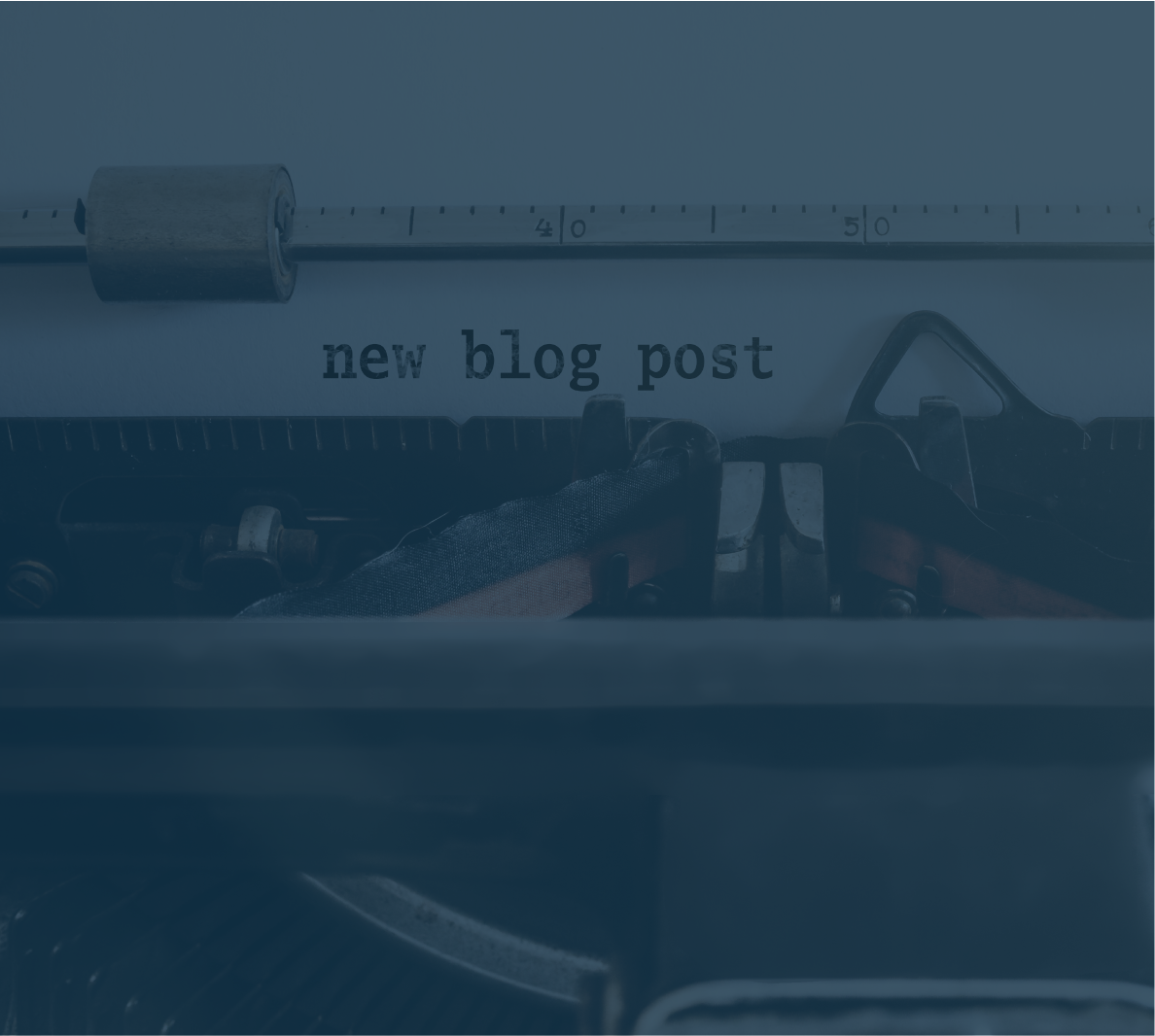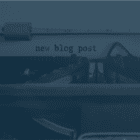Summary
It seems to me that right-sized confidence is often fleeting. Overconfidence and underconfidence resurface like we’re playing the world’s longest (and least fun) game of Whack-A-Mole.
Lately, I’ve been thinking about how right-sized confidence can be the difference between failure and success.
One of my coaching mentors used to be a confidence coach. He would meet with people and try to help them become confident in one session, hoping they would leave ready to boldly venture where they had previously feared to go.
Of course, these sessions had their limitations.
People would walk away from their session brimming with confidence only to find that their self-assurance dwindled in the following days. It’s essential to note that this wasn’t a reflection of the coach’s skill level—it merely underscored the reality that confidence is fickle and fluctuating.
It occurs to me that we often approach confidence like those enticing get-fit-quick advertisements that promise chiseled six-pack abs through a couple of easy steps. We want to rush to the end result, skipping the hard work of earning it. So we try to “fake it until we make it.” We put on a brave face, step into the world, and hope for the best.
Like a boat on the open sea, we navigate the ever-changing tides and respond to unpredictable conditions as best we can. A slight shift in the wind can be all that it takes to send our confidence into disarray.
Sometimes, overconfidence can emerge, coaxing us to disregard risks and carelessly surge forward. Conversely—and perhaps more commonly—underconfidence creeps in, causing hesitation and uncertainty. We may miss out on remarkable opportunities, later pondering what could have been.
It seems to me that right-sized confidence is often fleeting. Overconfidence and underconfidence resurface like we’re playing the world’s longest (and least fun) game of Whack-A-Mole.
Wrong-Sized Confidence → Right-Sized Confidence → Sustained Confidence.
It strikes me that Right Sized Confidence is a byproduct of one’s ability to precisely assess both our competence and the associated risks.
At one level, we achieve this through training and coaching at one level. We accomplish it through our personal investment of time and attention at another level. And at a deeper level still, we do so by gradually exposing ourselves to risk and transforming minor failures into learning opportunities.
Sustained Confidence can only be earned through repeatedly and successfully applying Right-Sized Confidence. There are no shortcuts, but there is a path.
Lastly, I can’t help but notice that competence and accurate assessment of risk do not necessarily guarantee confidence. Old patterns can die hard.
All too often, it seems that people’s self-confidence has been stolen long before they come into our sphere. Their trust in themselves has been eroded by past bosses, teachers, and perhaps even their parents. We possess the remarkable privilege of helping them reclaim what was taken from them, even if it’s in small, incremental steps.
The past is set in concrete but its lessons are not.
Here’s a tool that helps individuals accurately align their confidence levels…
Rather than ascribing a simple “confident” or “not confident” label to your decisions, consider embracing a probabilistic framework. Assign a probability or confidence level to your judgments or decisions, and then diligently track the outcomes. Over time, you’ll gain insight into the accuracy of these probabilities by evaluating the frequency of successful outcomes associated with each confidence level.
If you find yourself coaching a team member, this tool becomes a potent means for them to attune their confidence to the right size. Engage in thoughtful debriefing sessions, exploring decisions that went both right and wrong, and encourage them to compare their experiences to their corresponding confidence levels. It’s a process that facilitates growth and self-awareness.
Quote That’s Been On My Mind
“Leadership is about making others better as a result of your presence and making sure that impact lasts in your absence.” ~ Sheryl Sanberg
One Question For You
In what areas of my life do I feel most confident, and what factors contribute to that confidence?
Lead well!
Brian



